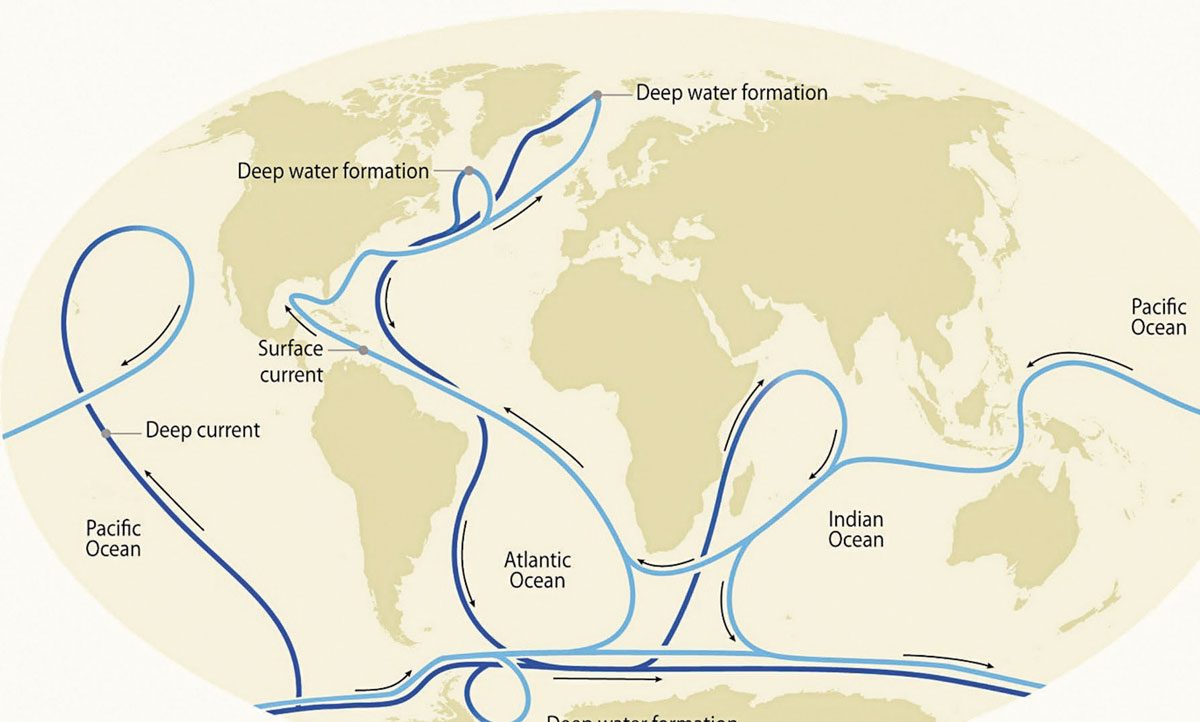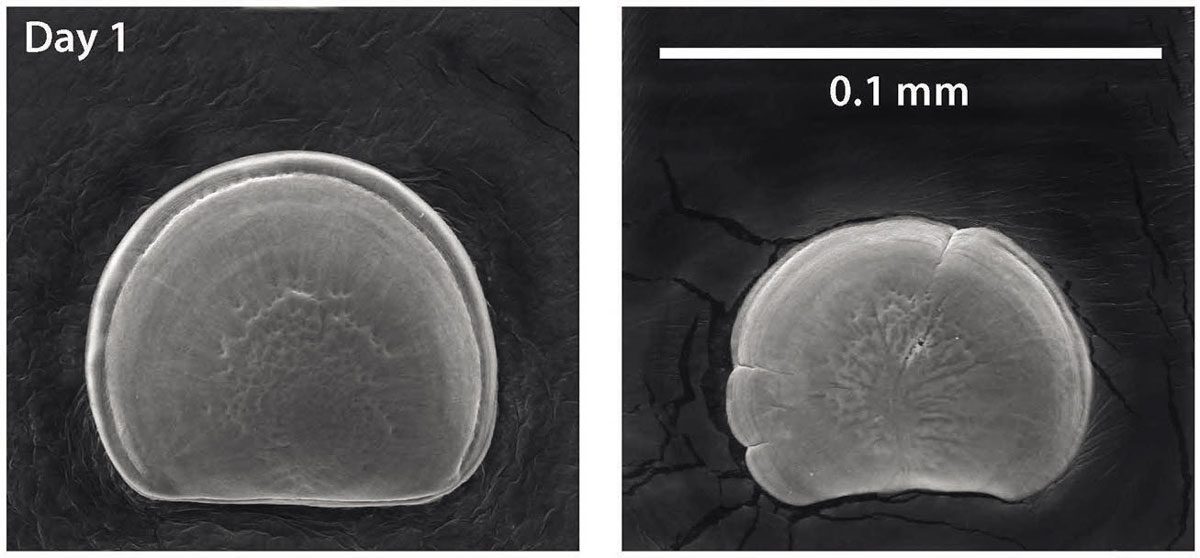Out of sight shouldn’t be out of mind

More big climate stuff in the oceans … In part one, which explored sea-level rise and heat storage, I promised a dive into freezing, acidic oceans. Ready? Let’s go!
‘Ocean acidification’ is increasing acidity due to carbon dioxide from the air dissolving into the sea. This CO2 restricts marine organisms from accessing the carbon and calcium needed for growth.
Sixteen years ago, after puzzling problems, Oregon’s huge Whiskey Creek Shellfish Hatchery experienced catastrophe. “One morning, we came in, and everything was dead, all of it,” reported production manager Alan Barton. “It was our worst day but also our best day.”
Why? Because they realised the problems weren’t due to disease or contaminated feed, but ocean water. Researchers found the critical issue was extra dissolved CO2, which was impeding day-old larvae from building shells with nutrients from their eggs, compromising their lifelong development.

Stats NZ reports a huge 30% increase in ocean acidity, which is undermining “the building blocks for the skeletons and shells of many marine organisms” that form the basis of marine food chains.
So next time we launch our tinny and bait up our hooks, let’s give a thought to the CO2 from our exhausts putting kai moana, and much more, at risk, to the extent that the McDiarmid Institute ranked ocean acidification as “the most serious human-based threat to New Zealand’s marine habitat”. It’s quite something when oceans also deal with pollution, sedimentation, overheating, habitat loss, and more.
Now for a huge, alarming, but little-discussed ocean phenomenon – the disturbance of the majestic deep ocean circulation system. It takes a little unpacking.
Deep in the oceans is an astonishing current primarily driven by, wait for it, saltiness (salinity). It’s so huge, its flow is many “sverdrups” (1Sv = 1,000,000m3 per second, about 300 Waikato Rivers, or five Amazons.)
Nicknamed “the global conveyor”, this system cycles over centuries, absorbing heat and CO2 from the air, distributing oxygen and nutrients worldwide, and shaping global climate.
A significant driver is ‘deep water formation’, when water freezing into polar sea ice leaves its salt behind in the unfrozen water, which is then dense enough to sink, propelling this amazing system.
Now the bad news: global warming is causing a vast flow of fresh meltwater into polar oceans and a huge reduction in sea ice formation, so salination is rapidly declining.

Yale Environment 360 tells us scientists conducting “agenda setting” modelling predict the Southern Ocean will experience a whopping 42% reduction of deep water formation by 2050, and “it looks headed towards collapse this century”.
That’s massive, threatening widespread climate upheaval on steroids. Take the Gulf Stream, the pale blue current running from the Caribbean up past northwest Europe and saving Britain, Germany and so on from winters like Siberia and Canada. Imagine if that shut down …
Mind-boggling consequences like that should encourage us to ask, “Do I really need to do this?” whenever we fire up a diesel or petrol engine.
The bulk of the oceans may be out of sight, but it definitely shouldn’t be out of mind.
(A small but significant formatting error crept past the editing process of last month’s Clear the Air. We printed that a zettajoule is “1021 joules”, when in fact it is 1021 joules … an astronomical difference! That’s 1,000,000,000,000,000,000,000 joules, or about 280,000,000,000,000kWh! – Ed.)
Read more
Scoping Scope 3
0 Comments4 Minutes


